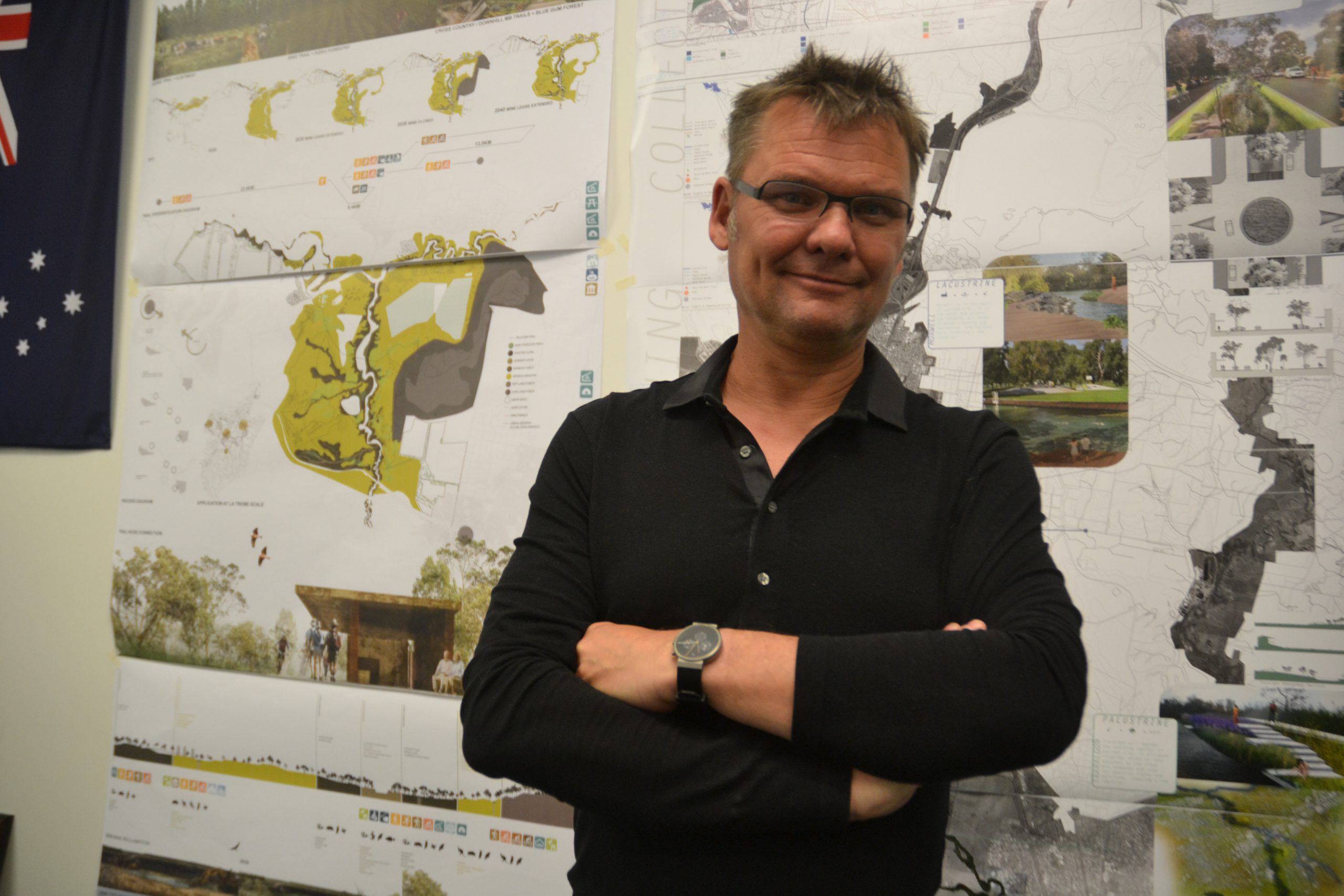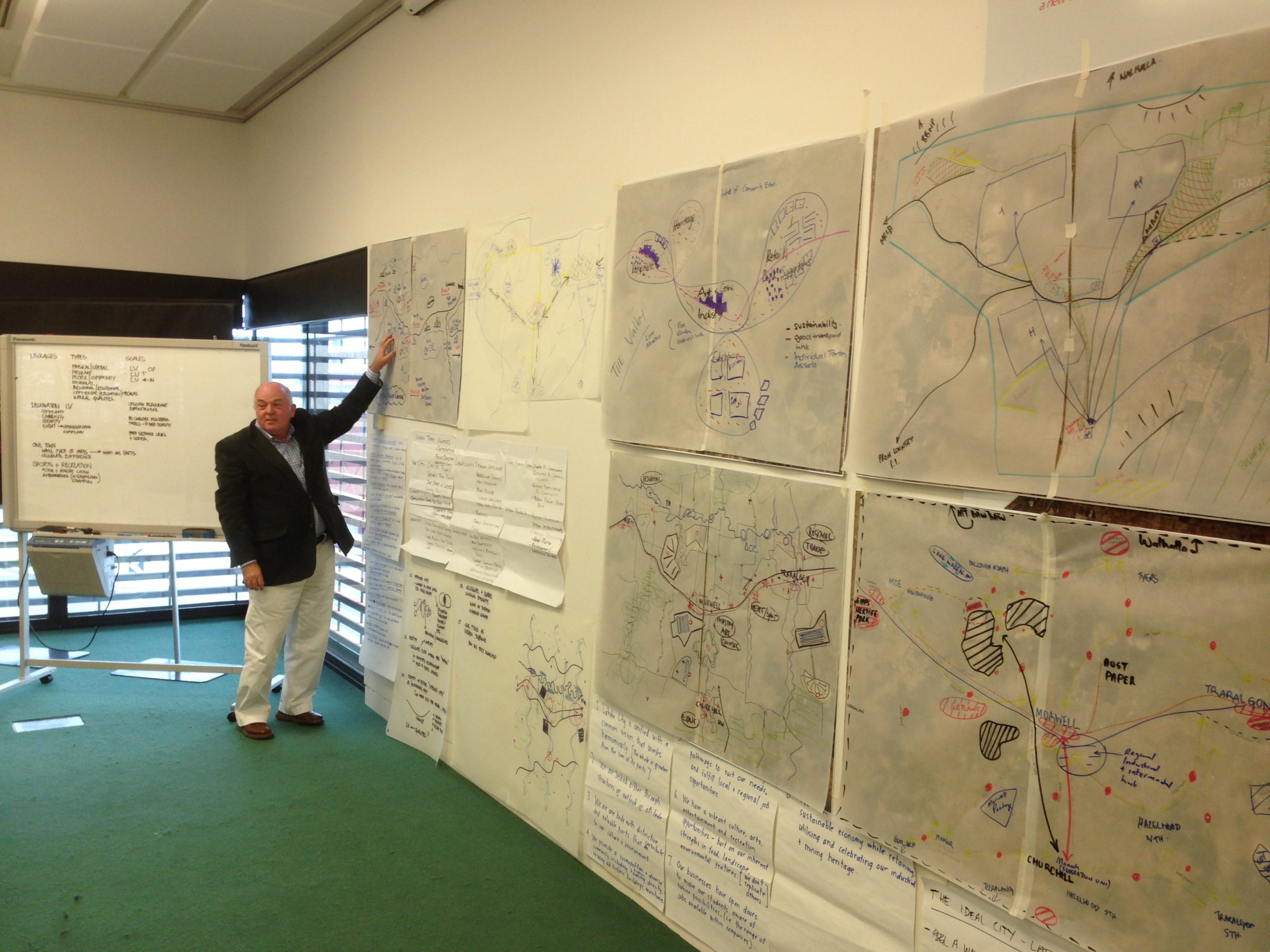Treat your city like a garden, or you will kill it.
That was one of the many take-home messages from an urban planning workshop with renowned Dutch designer Bart Brands last week, brought in to inject fresh thinking into the moulding of Latrobe Valley’s future layout.
“The planner needs to be the gardener for the city; you need to check the ground condition before deciding to plant – if the ground is full of clay one year, then you choose tomatoes, because they are best suited for that type of soil,” Mr Brands said.
Speaking to a group of planning stakeholders at Latrobe City headquarters, including members of council’s planning department, Mr Brands used the gardener analogy to highlight the shortcomings of Victoria’s current ‘master-plan’ model of regional planning.
“A gardener grows different crops depending on the seasonal changes year-to-year, and is flexible to any changes which come along – this is drastically different to the master plan which is a restrictive top-down approach,” he told The Express.
“Having a master plan can lock you in, and kill any potential of unforeseen things which come along taking root- you need to have the freedom to be able to grab them and play with them.”
Mr Brands, whose Dutch landscaping firm Karres en Brands was a key player in the design consortium behind Melbourne’s Federation Square, used his mother-country analogy of ‘Dutch sprawl’ as an example of uninspired ‘top-down’ planing.
“This is mono-use growth filled with middle class population; it all looks the same, there is no life in this, no character – and you have this in Melbourne’s (outer) suburbs too,” he said.
Mr Brands drew on numerous European regional planning initiatives where the “slow growing” bottom-up approach was gradually reintroducing character and liveability into regions which have suffered economic downturns and population losses.
He pointed to an initiative in a stagnating belt of industrial communities stretching across northern Netherlands, linking regional towns with a common theme through a series of large iconic bridges.
“This for them was about realising a bridge can be more than a bridge – they had these crossings throughout the region, and realised they were part of their DNA and have worked with that – they have 20 funded projects in that region now as a result of that initiative,” Mr Brands said.
“You can’t just sit and wait for the big infrastructure projects to come along – we can hope for that, but it’s about creating little advance, bit by bit.
“In a transition, you cannot fight against the macro economics – you need to look for the strengths and qualities you can work with. It’s not about thinking mines or the paper mill is terrible, it’s about embracing what you’ve got to work with and build on that.”
Facilitated through RMIT’s ReActivate Latrobe long-term urban transformation project, Mr Brands then conducted a workshop exploring what stakeholders wanted from an “ideal” Latrobe Valley.
“Everyone found (Mr Brands) really helpful and in a sense comforting, in that he showed that a number of other regions around the world had gone through similar transitional changes the Valley is facing,” Associate Professor of Landscape Architecture Dr Rosalea Monacella said.
Latrobe City manager city planning Chris Wightman said he was open minded about Mr Brands’ contributions to the urban planning discussion.
“Victoria’s planning system is geared up to develop master plan documents which are quite defined in terms of their outcomes,” Mr Wightman said.
“(Mr Brands) alternate approach is really looking at processes which don’t necessarily have those defined outcomes, the gardener analogy is a good way to remind us of the need to be flexible in terms of what those outcomes are.
“But I don’t think it’s necessarily about agreeing with one particularly system – there are significant benefits from having a master plan and fixed outcomes in that it gives a greater degree of certainty for locals. But there is room for a trade-off with the flexibility of a more dynamic approach.”
Mr Wightman said Mr Brands’ focus on developing the Latrobe Valley as a whole, as opposed to separate towns individually, was an approach which was already bearing fruit in Latrobe City.
“Having the idea of creating a single urban system is quite unique for us – that’s something that you can’t really experience anywhere else in Victoria,” Mr Wightman said.
“So we have to think how we can leverage the positive aspects of that, and look to identify the roles of each of the towns and suburbs within that single urban system.”












